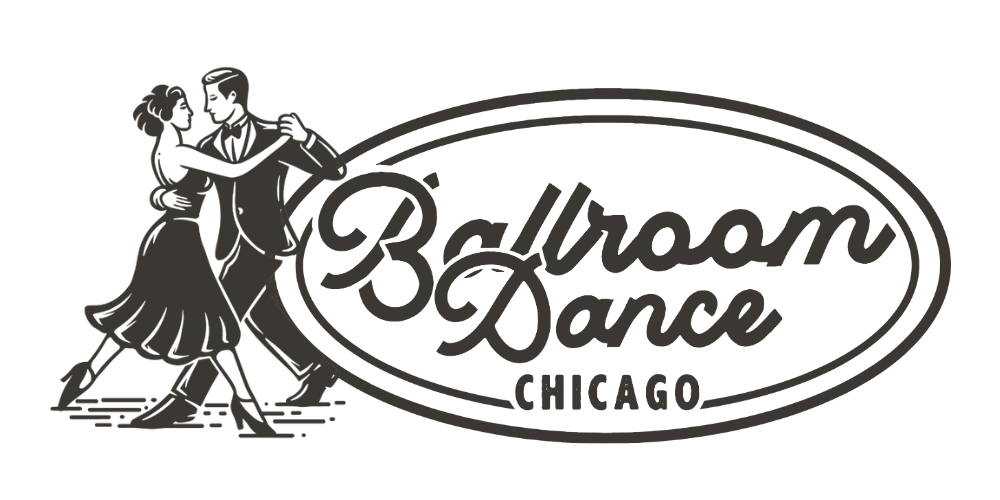BDC Credo: How Dance Fits into Our Student's Lives
At Ballroom Dance Chicago, we’re constantly examining and exploring our roles as dancers, teachers, and inspired individuals in the lives of our students and the wider Chicago community. To deepen and expand our understanding of these roles, we’ve taken to individually writing and sharing our responses to some of the principles we’ve devised to guide Ballroom Dance Chicago.
How do we discover the benefits that dance has for each individual student?
Matthew Sove:
Essentially (and because we know that learning to dance is inherently good), all we have to do is make sure our students are in the right mindset to hear what we say and accept what learning to dance has to offer. And while we do this in many nuanced ways, the basic concept is that we offer our clients a warm welcoming space, food if they need it, drink if they need it, conversation if they need it or just a second for them to blow off the steam of the day. And once these basic needs are met, and we’ve connected with them on a personal level (a blog post for another day), they will have the ears to hear what it is we have to say (whether that’s our recommendation for a restaurant or a new Netflix series or our long-winded monologue about why dancing is so important in this technologically accelerated age we live in). And they will be present and in the moment and the learning processes itself will reveal to them the benefits it holds.
Lydia Feuerhelm:
As life-long dancers, we have each found the joy that dance brings us as individuals: the ability for personal expression, the discipline of training the body and pushing the mind, and the capacity to connect with other people on a new level. But most of the people that come to us to learn to dance are completely disconnected, unaware, or even disinterested in those joys that we hold so close to us. People that come to us usually have a particular purpose for learning to dance that is unrelated to simply finding a new joy.
Our role as dance teachers it to give people an “in.” People see dancing as a foreign activity, reserved for the chosen few who have been “trained” or have the confidence to express themselves. For many, overcoming the shame associated with moving one’s body in an unsanctioned way has become an act of rebellion that most people only dream of understanding. What we have as dance teachers is an opportunity and a responsibility. We are giving people access to connections to their bodies and to other humans. We are providing the space and the guidance so that people can discover what makes them enjoy moving. We are emphasizing the aspects of dance that people can connect to by creating an environment where people can flourish and by forming a personal relationship so that dance isn’t just about moving their body through space, but it becomes about expressing an otherwise inexpressible sentiment.
The challenge of this is that each student has a unique relationship with dancing, so there’s no tried and true method for bringing about the joy of dance. Through careful consideration, examination, and reflection, we cater to the needs and desires of each individual in a way that makes sense to them.
Cathy Gilpin:
People seek dance lessons for a number of reasons. Some want to defeat a personal challenge by learning a new skill. Some want an excuse to do something new with their partner. Some are preparing for a specific event in which they feel they NEED dance lessons. Some are taking lessons simply to appease the wants and needs of their partner. For some, the joy and fulfillment they get out of learning to dance is pretty apparent, but for others, learning to dance may feel like a daunting task or may pose such a challenge that it creates stress and a feeling of incompetency.
Our job as dance ambassadors and instructors is to discover what our clients value most (Whether that’s quality time with loved ones, overcoming new challenges, or simply having a great time), and then teach from that angle so they can feel as successful as possible according to what success means to them. Everyone’s values are different and everyone that walks through this door has a different opinion about learning to dance. Our job is to ensure that they are getting the maximum value they can from learning to dance.
We are here to show them how learning to dance not only fits into their lives, but will actually help them to thrive in all the aspects of their lifestyle that they value the most.
